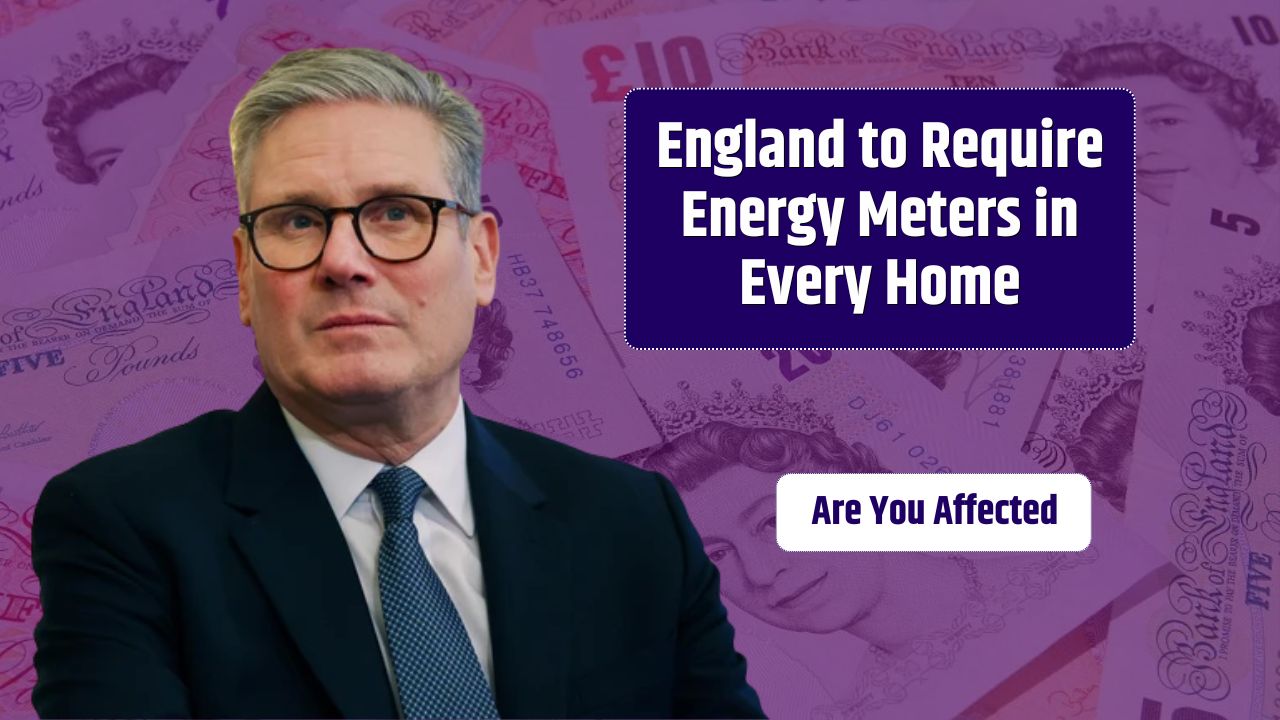The U.S. government is taking a bold step toward modernizing its public assistance programs by expanding the use of data analytics and digital infrastructure across major welfare systems. This policy shift aims to improve efficiency, accountability, and outcomes in programs like Medicaid, SNAP, TANF, and housing assistance, affecting millions of Americans who rely on these services.
But what does this change mean for individuals and families receiving benefits — and how will it shape the future of the U.S. social safety net?
Table of Contents
What’s Changing in Welfare Policy?
The new data-driven approach includes:
- Real-time eligibility verification using tax records, employment databases, and public benefit registries
- Predictive analytics to flag fraud, streamline case management, and forecast need
- Cross-agency data sharing to reduce duplication and improve service delivery
- Enhanced digital tools for application tracking and renewal notifications
Agencies will increasingly use machine learning algorithms and integrated databases to evaluate recipients’ needs and outcomes more accurately.
Why the Government Is Making This Shift
The primary goals of this expansion include:
- Reducing administrative costs by automating routine checks
- Targeting benefits more effectively toward those in greatest need
- Improving fraud detection through pattern recognition and anomaly detection
- Ensuring equity by identifying gaps in coverage and systemic biases in delivery
Officials say this reform will modernize outdated systems, reduce paperwork burdens, and enable faster, more accurate delivery of aid.
How It Affects Benefit Recipients
Here’s what current and future welfare recipients should expect:
| Area | What It Means for You |
|---|---|
| Faster decisions | Automated systems could shorten approval and renewal wait times |
| Fewer paperwork delays | Integrated data will reduce the need to resubmit the same documents |
| Increased scrutiny | Algorithms may flag inconsistencies more frequently |
| Personalized services | Data could tailor services based on income, employment, or health |
Important: While automation can improve access, it may also lead to benefit errors or unfair denials if systems are not properly monitored or challenged.
Concerns and Criticisms
Several civil rights and privacy advocates have expressed concerns, including:
- Data privacy risks from expanded surveillance and third-party integrations
- Algorithmic bias, which could reinforce discrimination if models are not transparent or audited
- Appeals challenges, as automated denials may be harder to dispute without human oversight
Groups like the Electronic Frontier Foundation (EFF) and the Center on Budget and Policy Priorities are calling for greater transparency and public input before widespread adoption.
What’s Next?
The expansion will roll out in phases through 2025 and 2026, starting with pilot programs in states like:
- California
- Michigan
- Texas
- New York
The Biden administration is allocating federal funding through the American Rescue Plan and modernization grants to support this shift. Expect to see new application platforms, faster communication via text/email, and updates to MyBenefits and healthcare.gov portals.
FAQs
Will this affect how I apply for SNAP or Medicaid?
Yes — you may see faster applications, fewer required documents, and automated updates.
Will the government monitor my data more closely?
Possibly. Real-time databases and cross-checks will make eligibility more dynamic and responsive.
What if I’m denied benefits due to a data error?
You still have the right to appeal, but the process may involve digital portals or call centers instead of in-person offices.

























